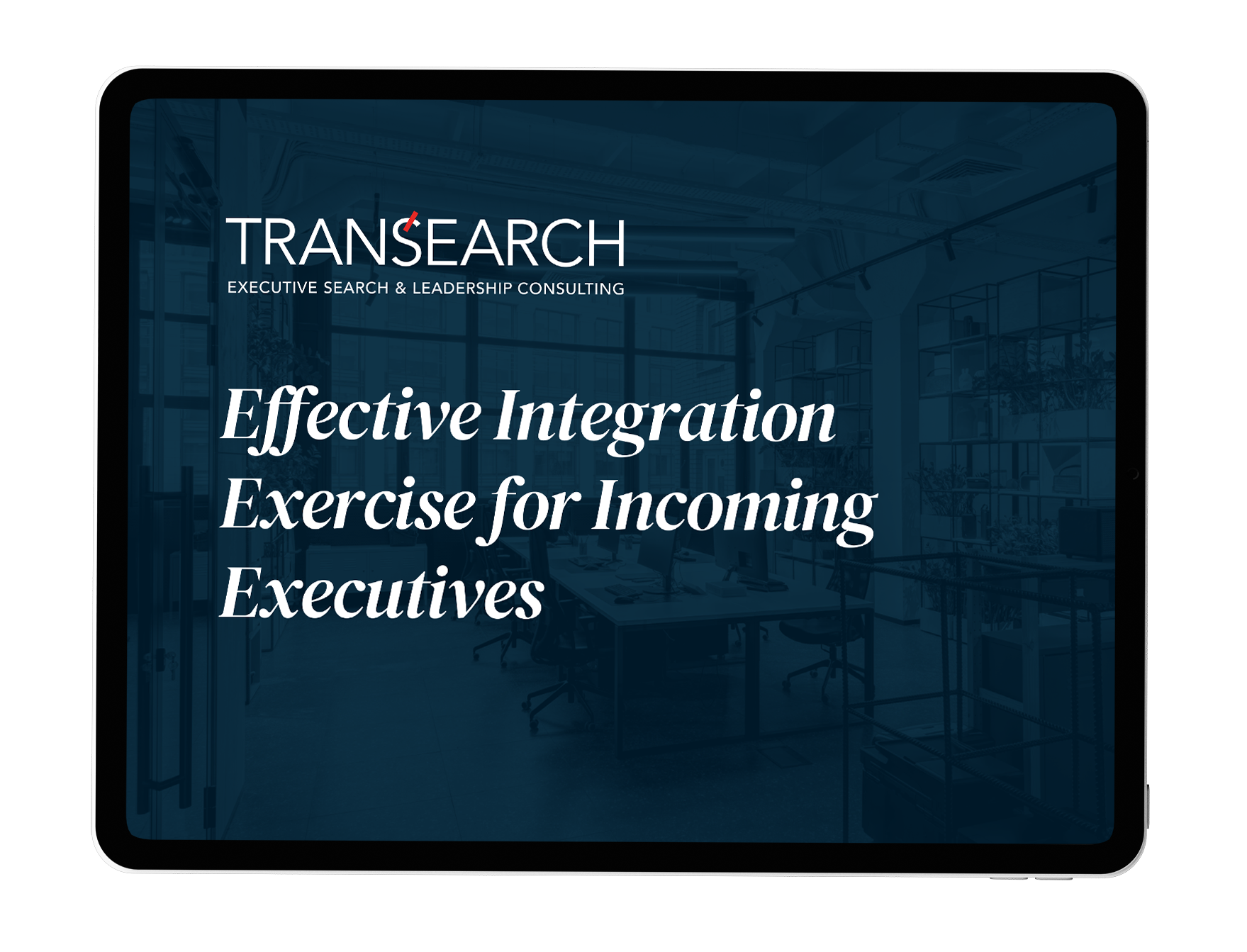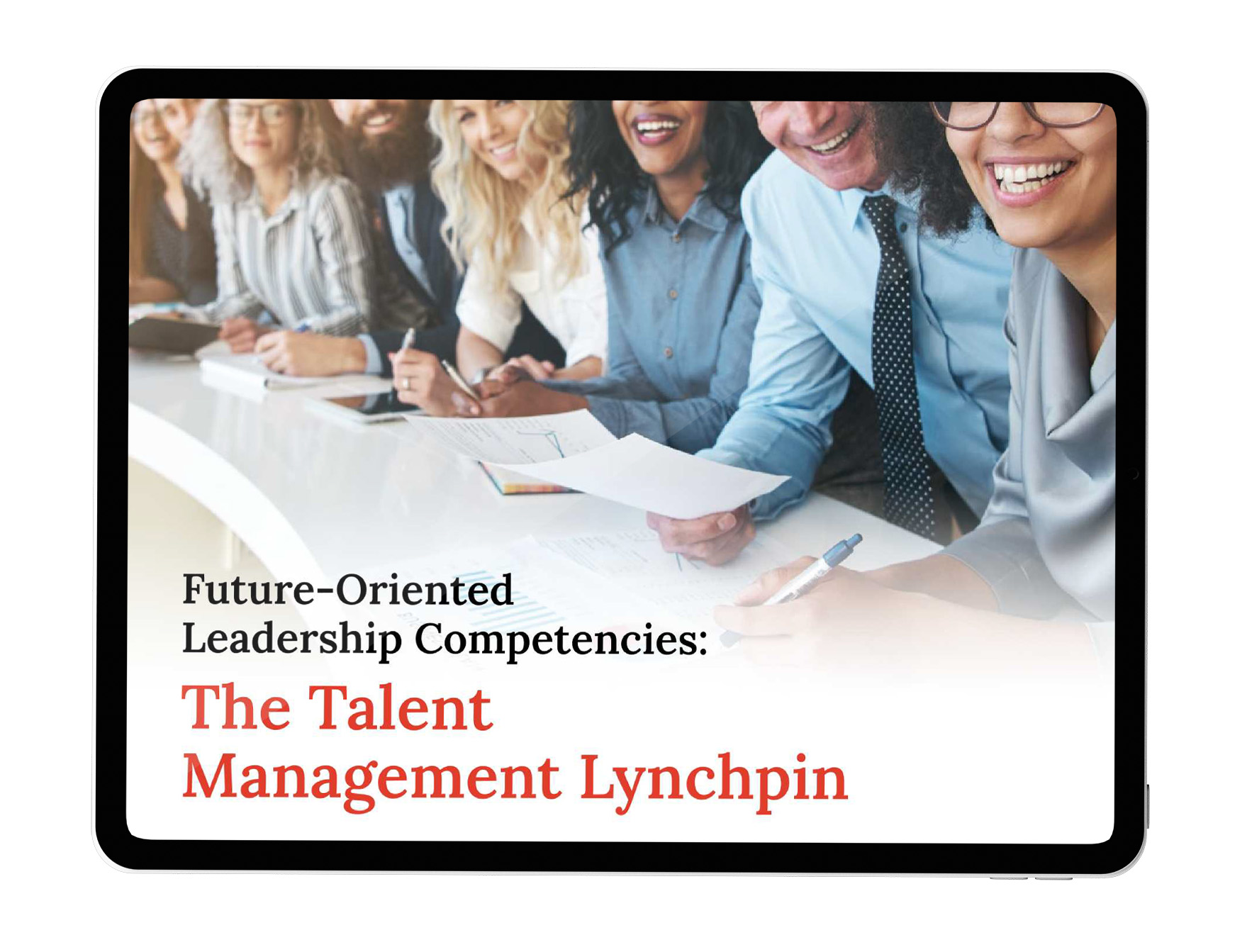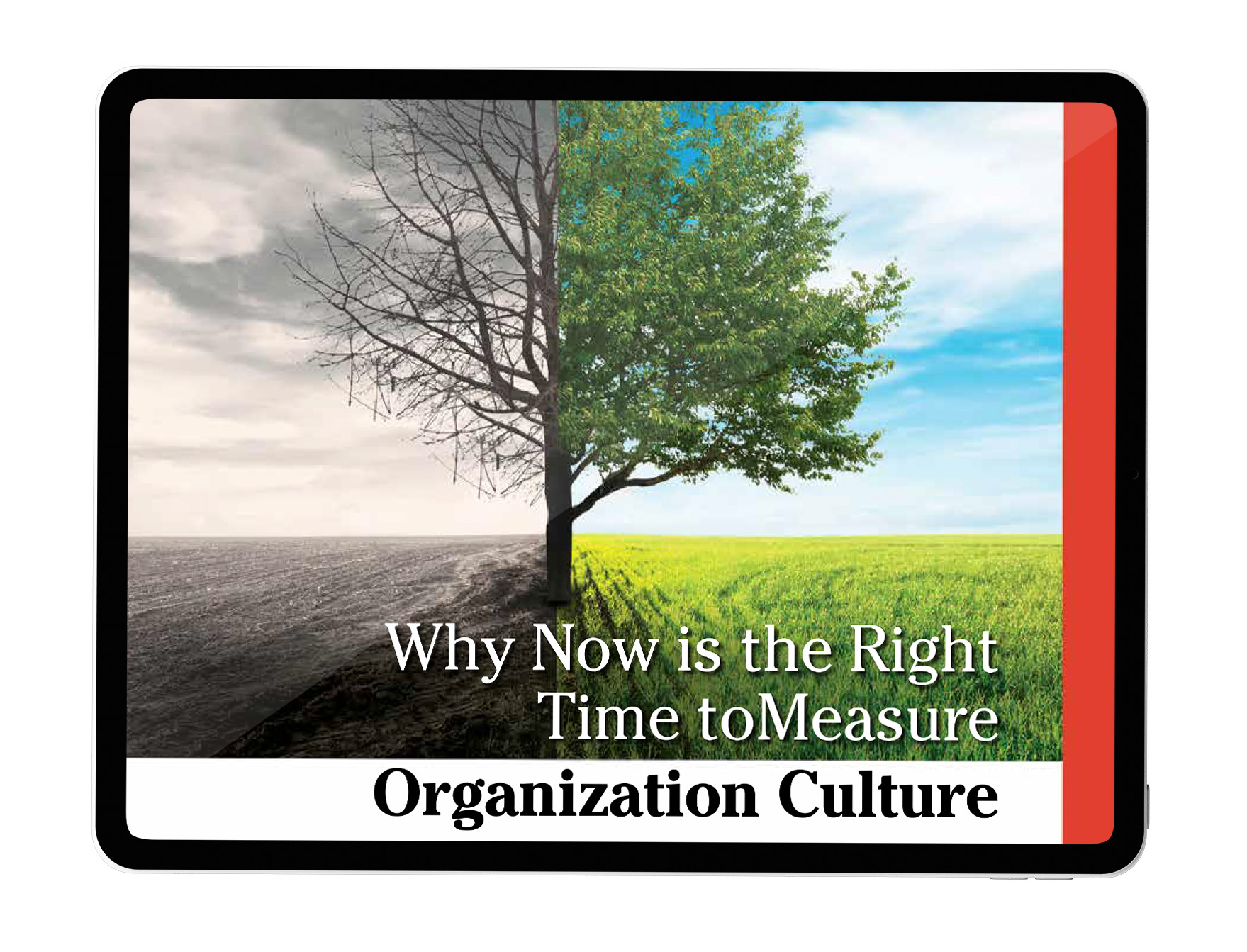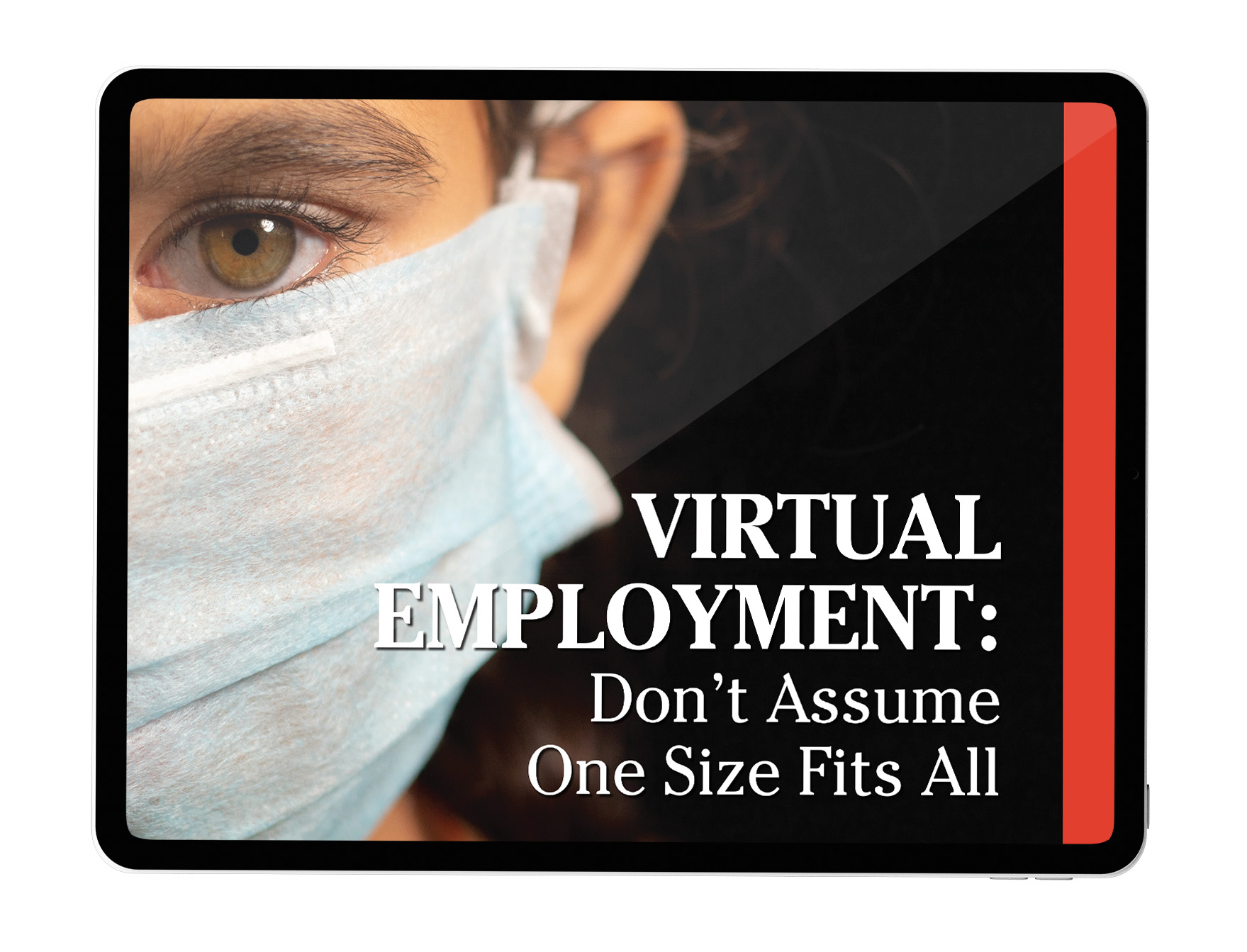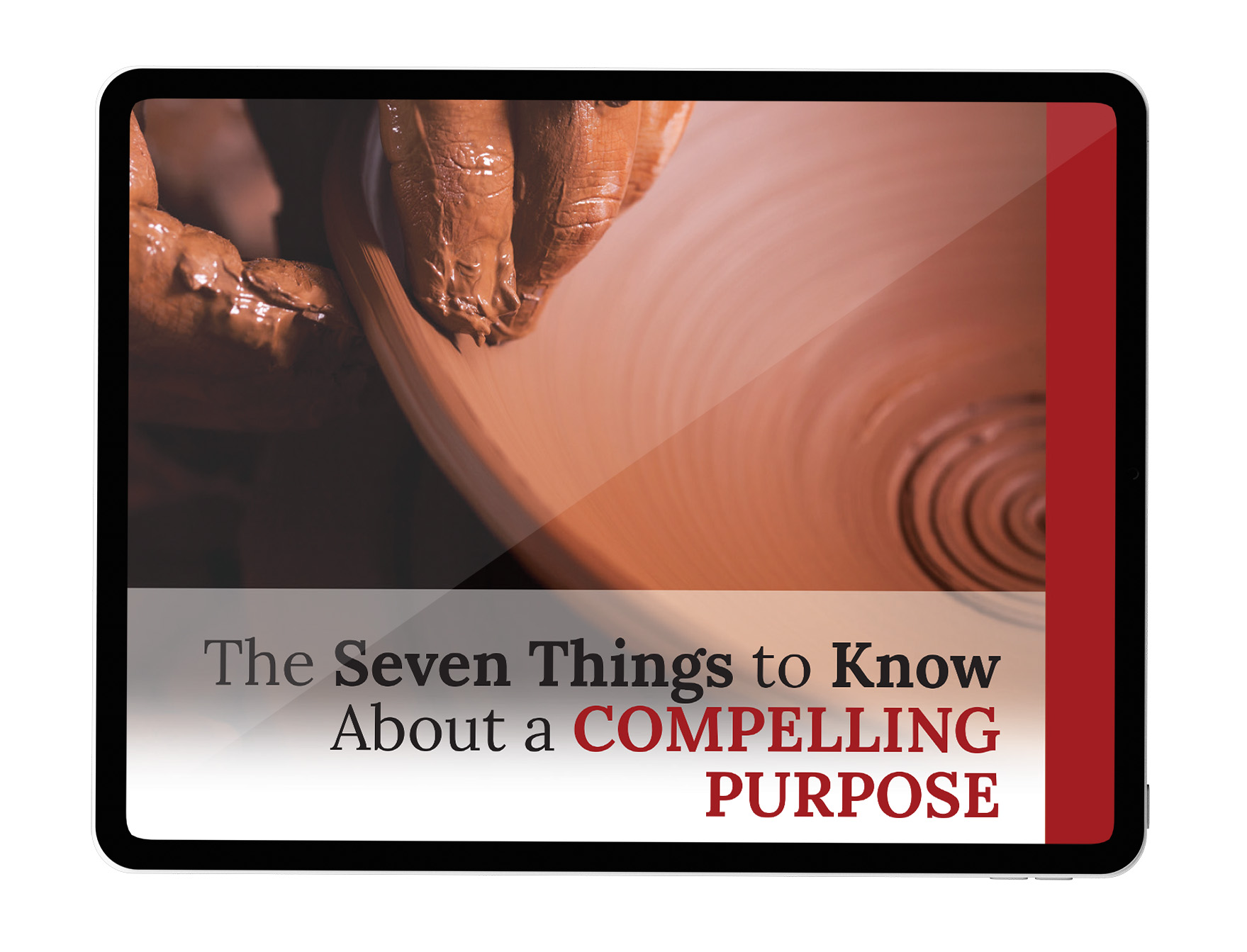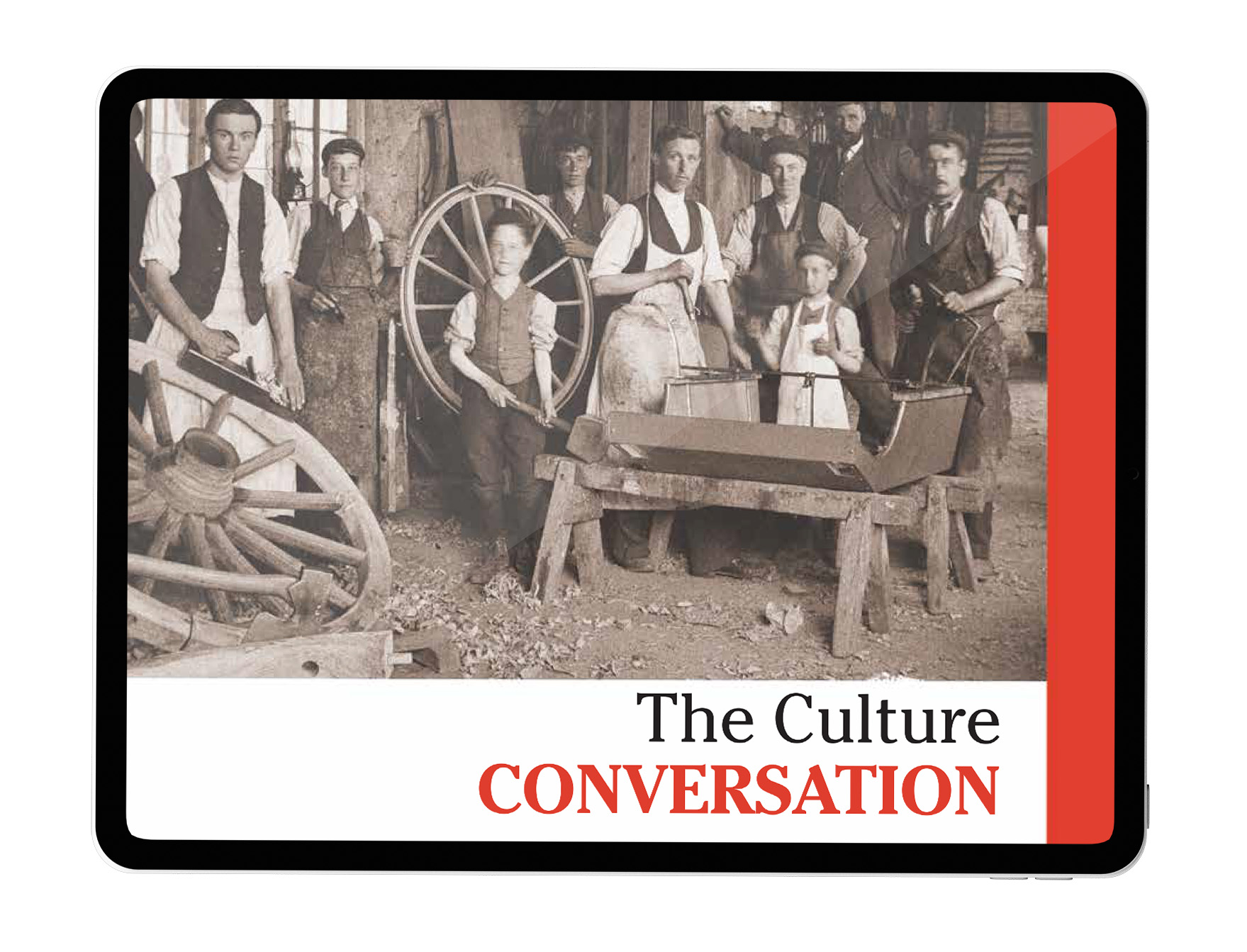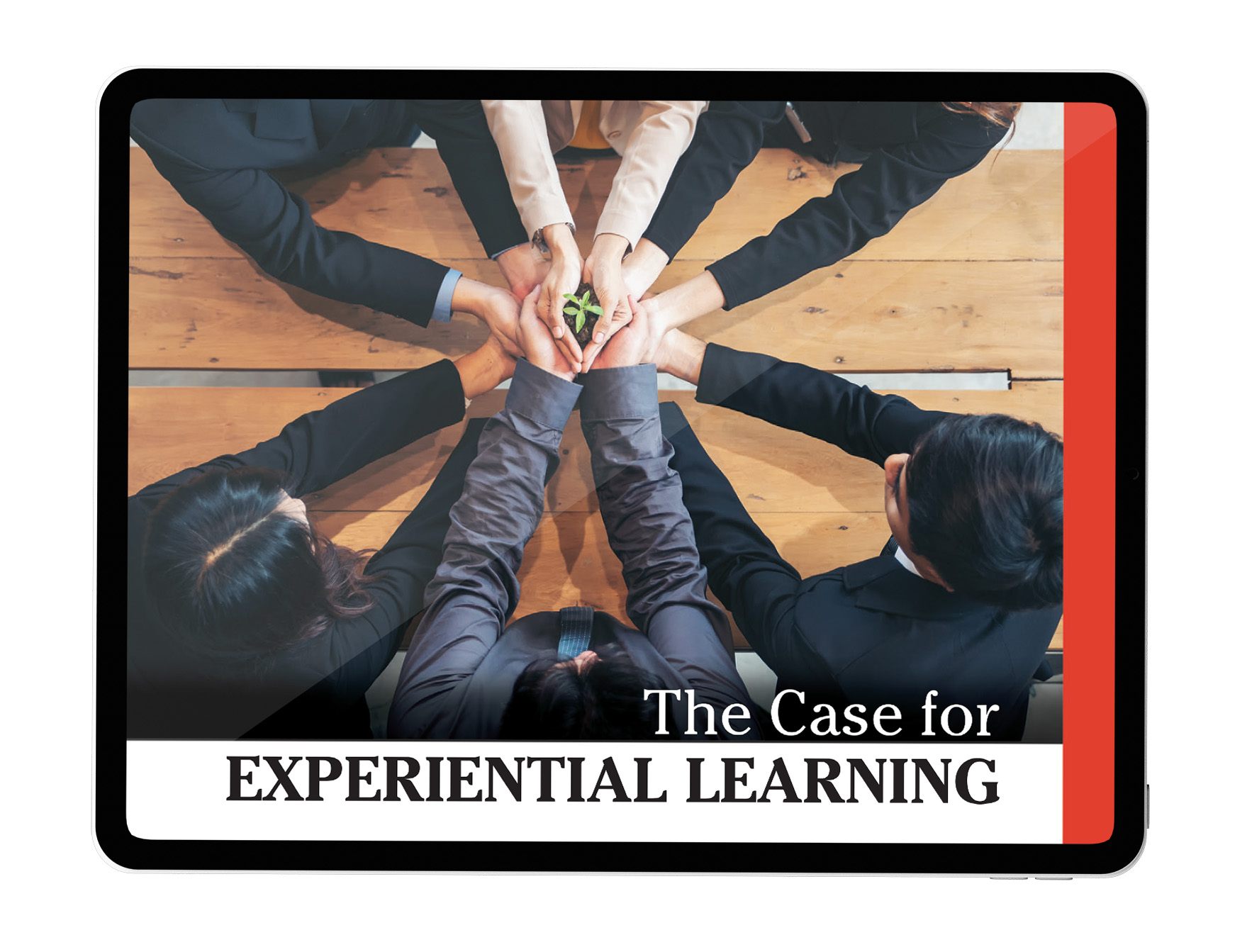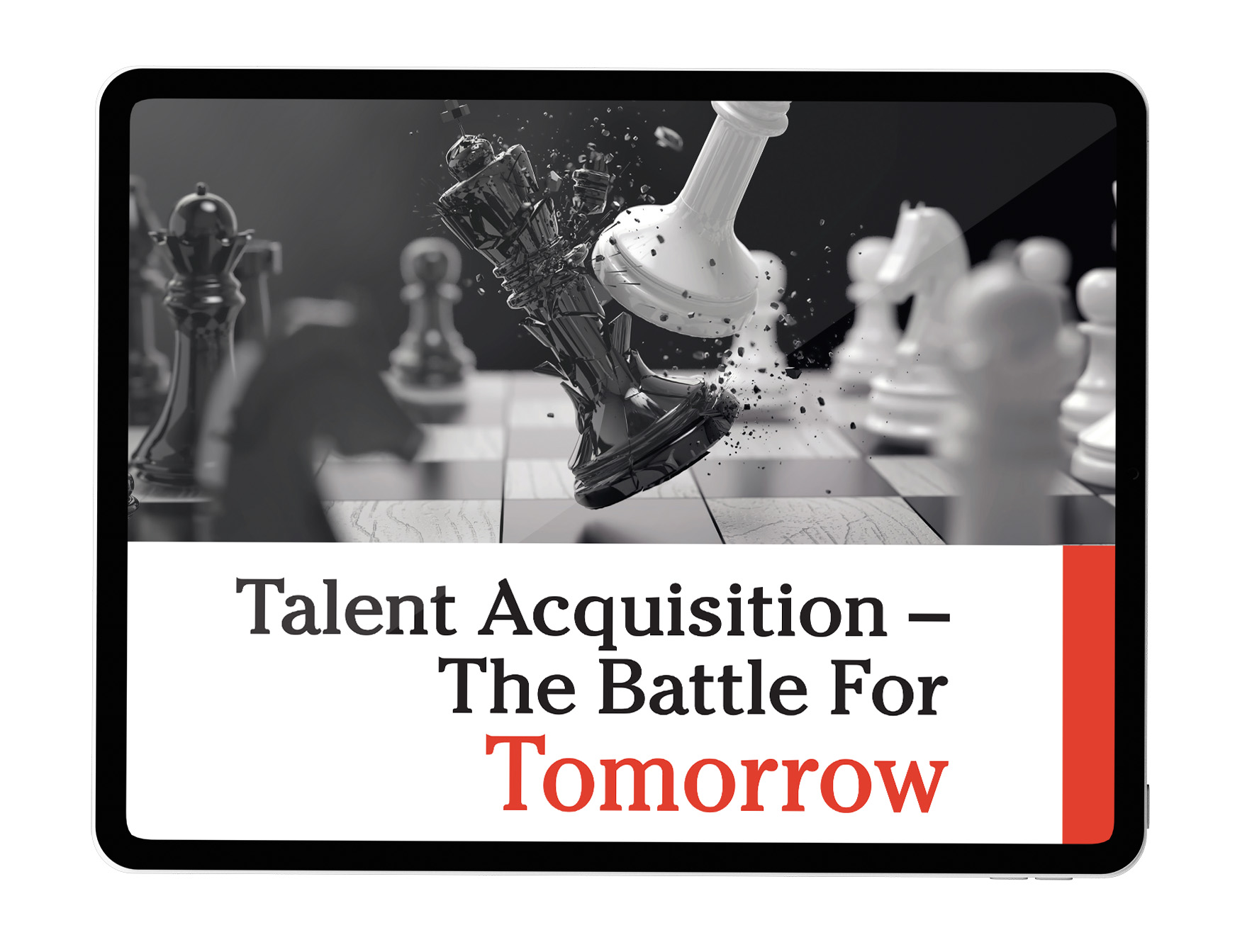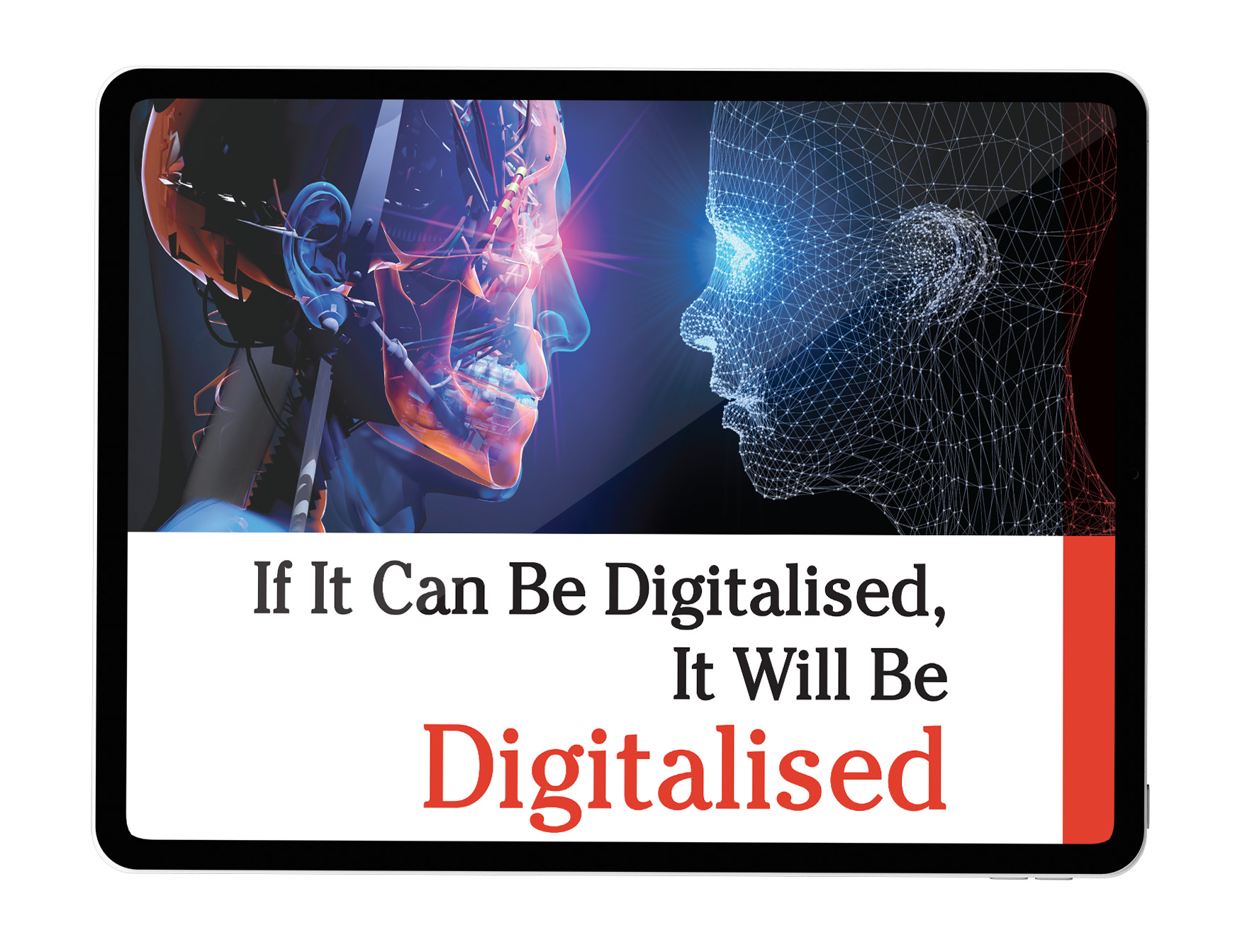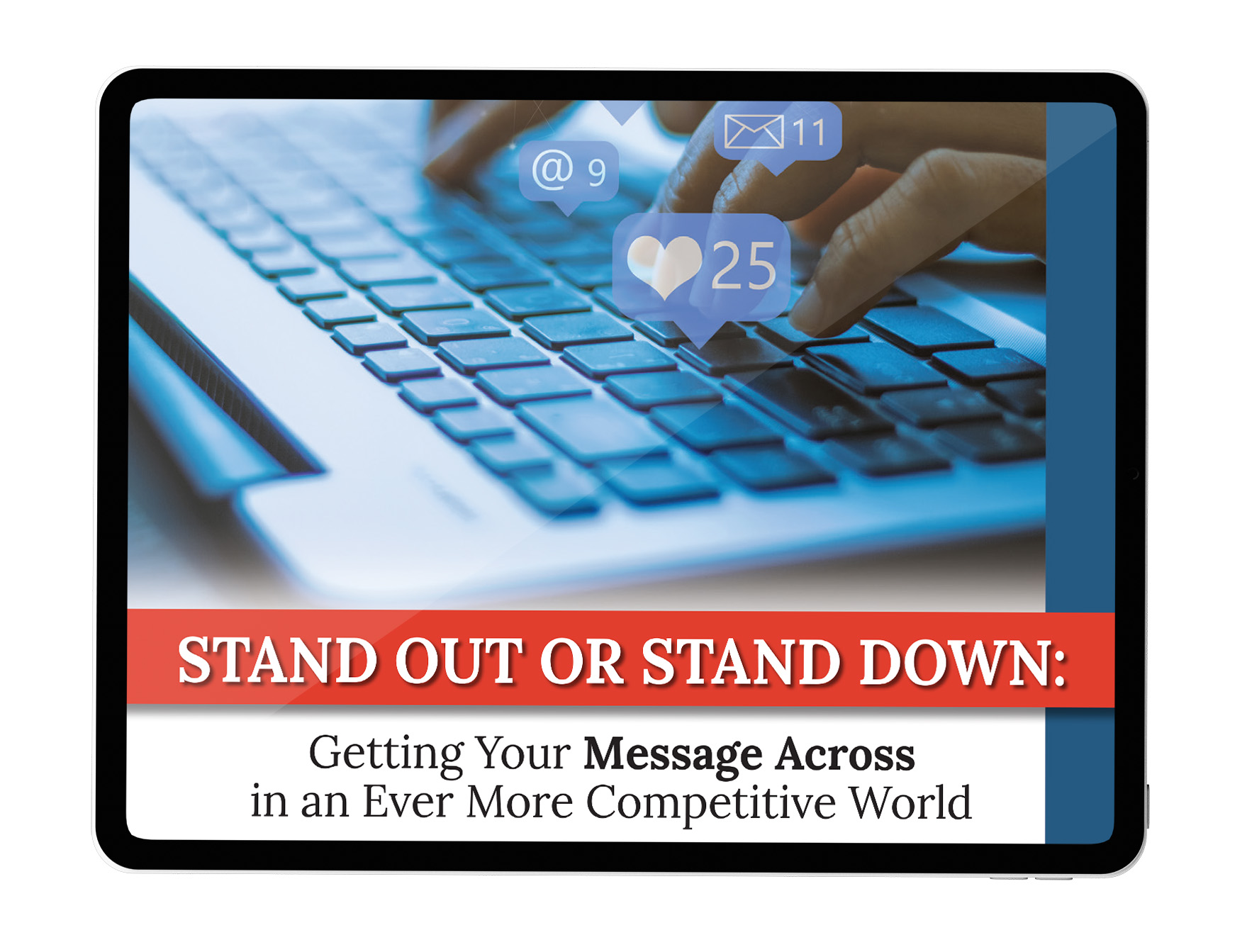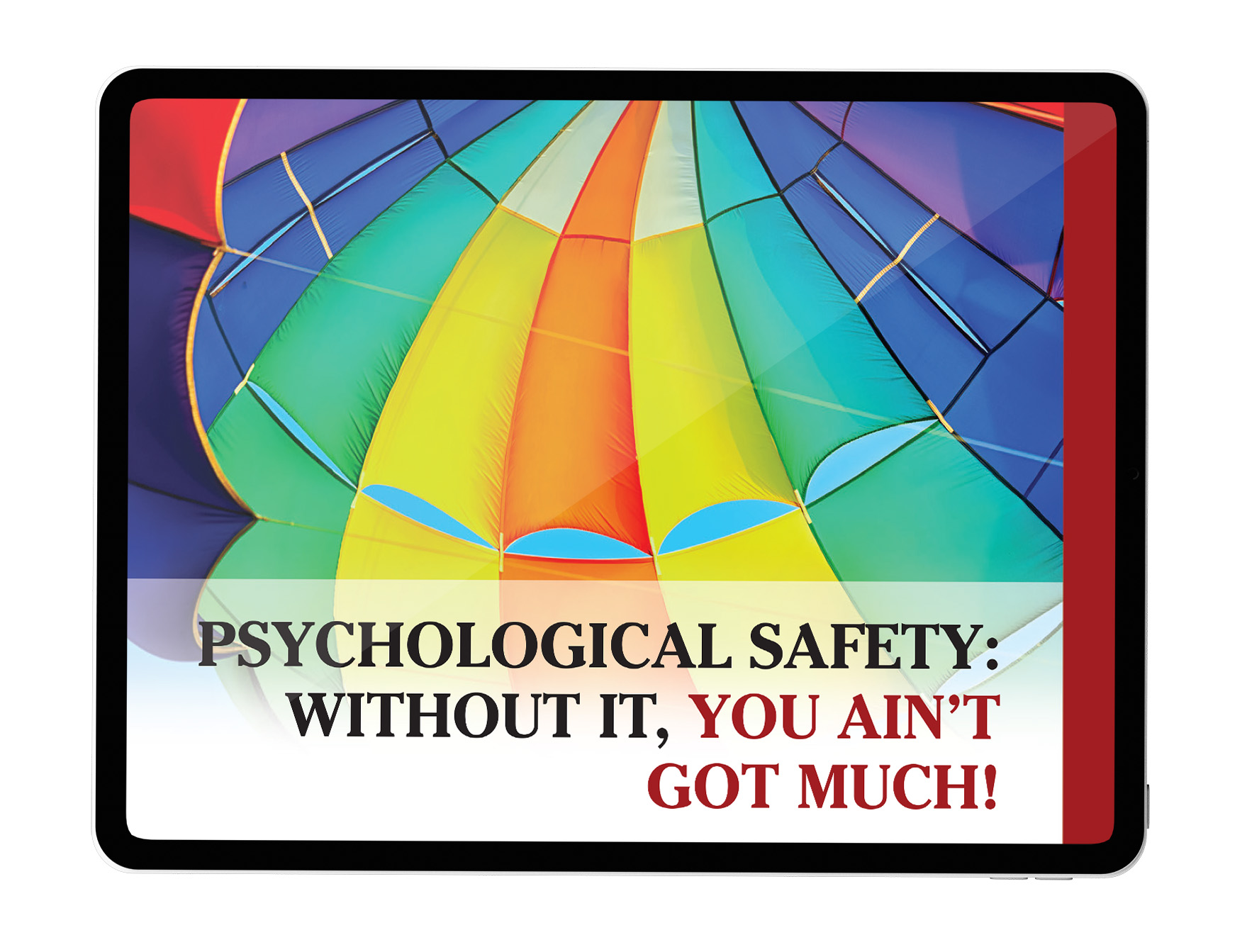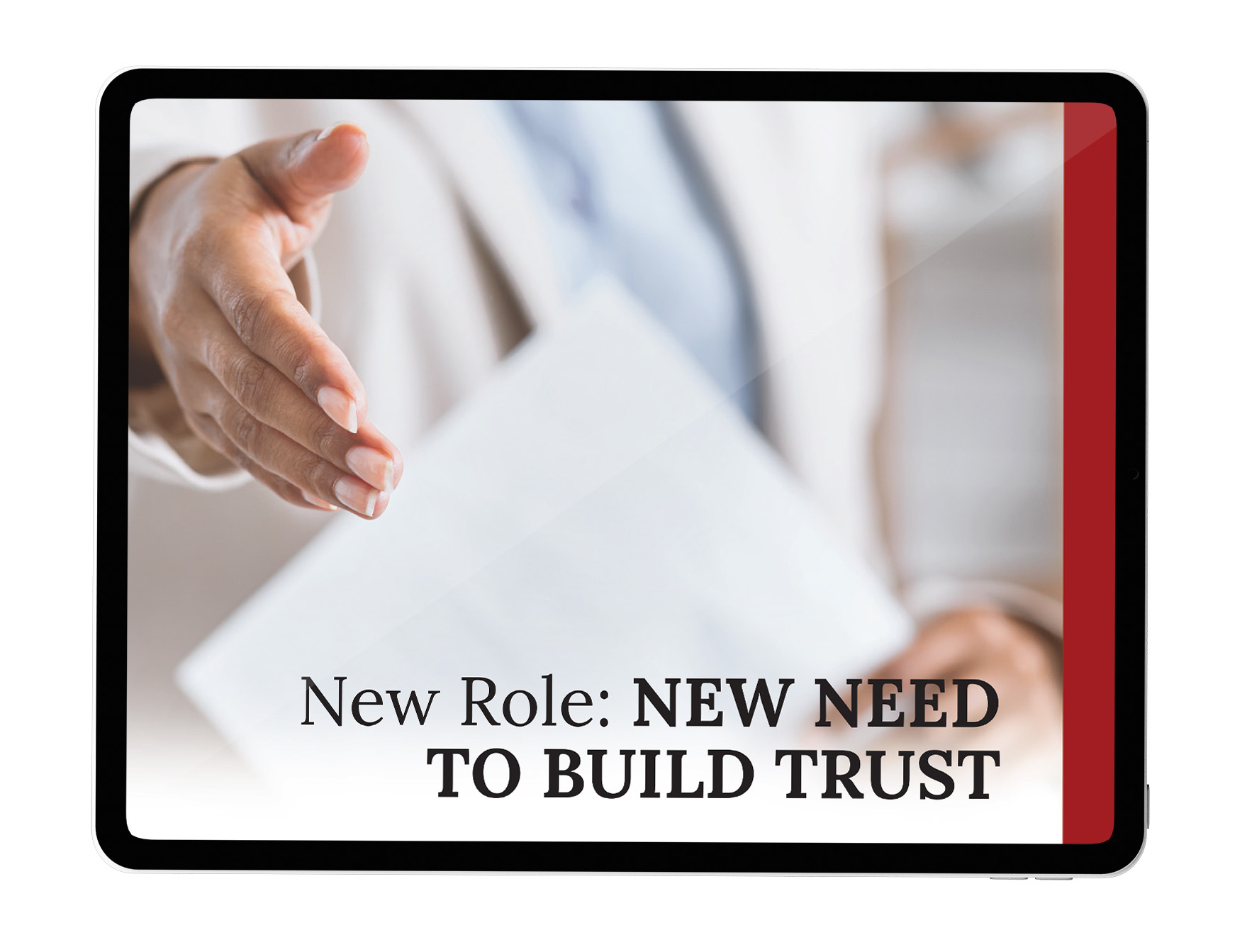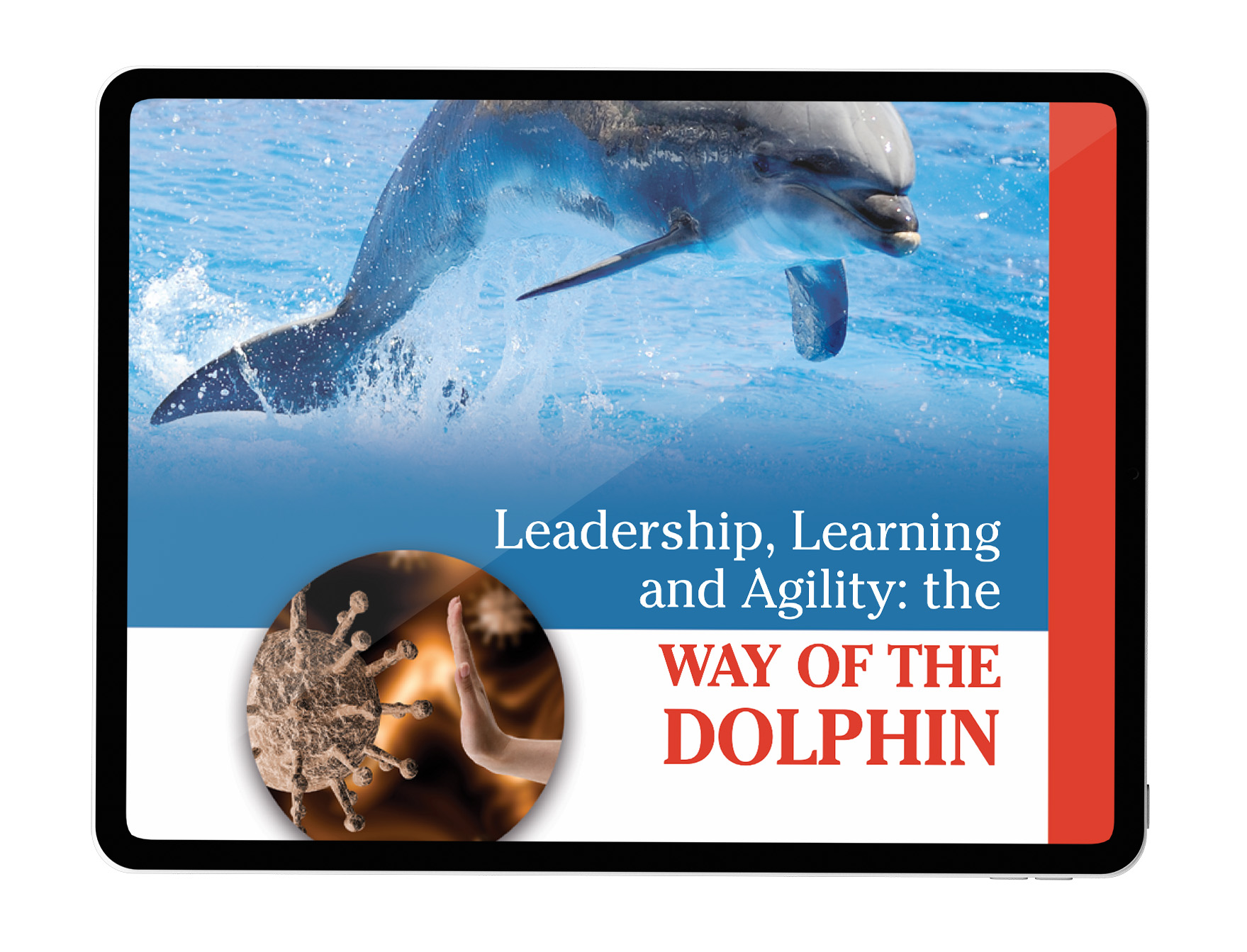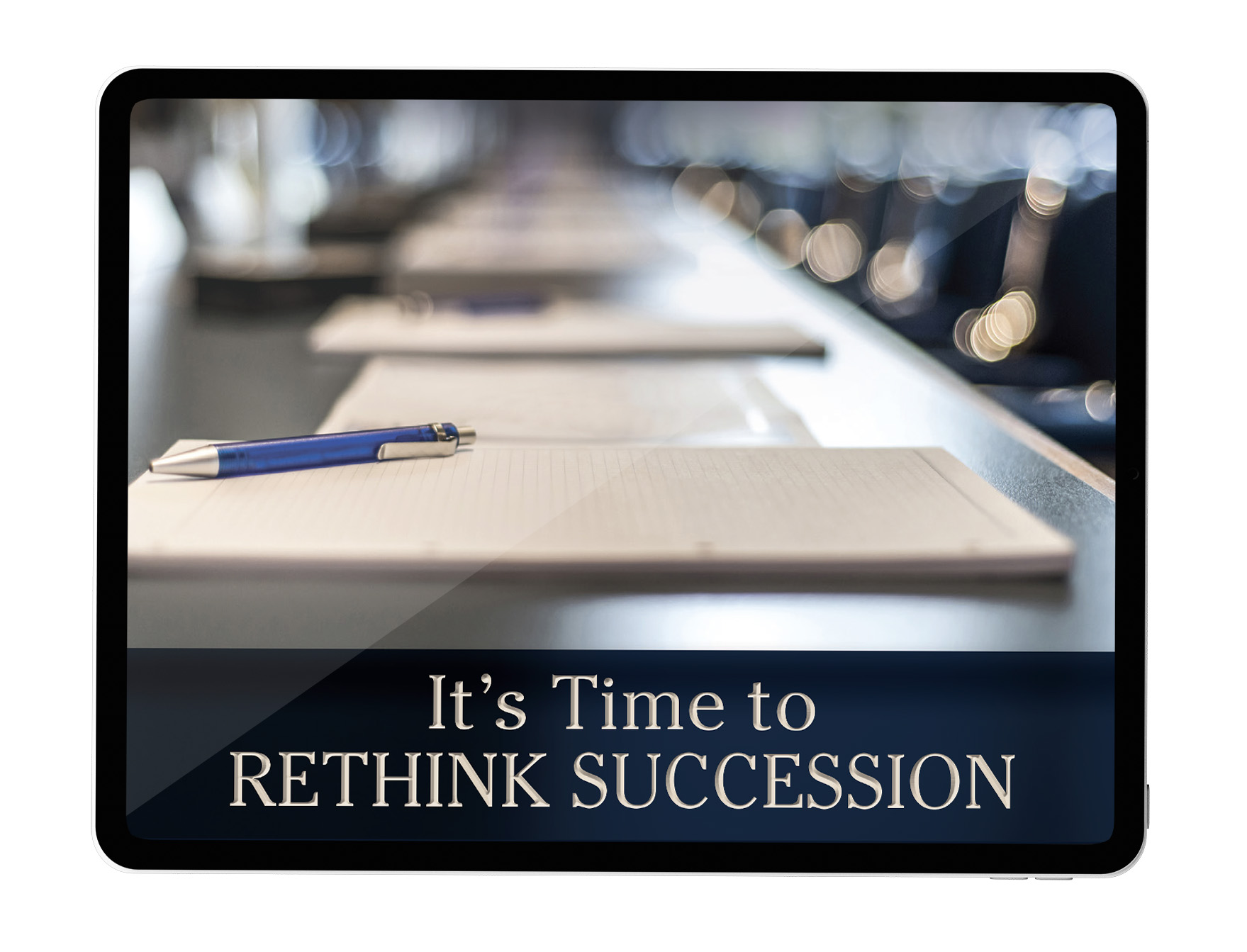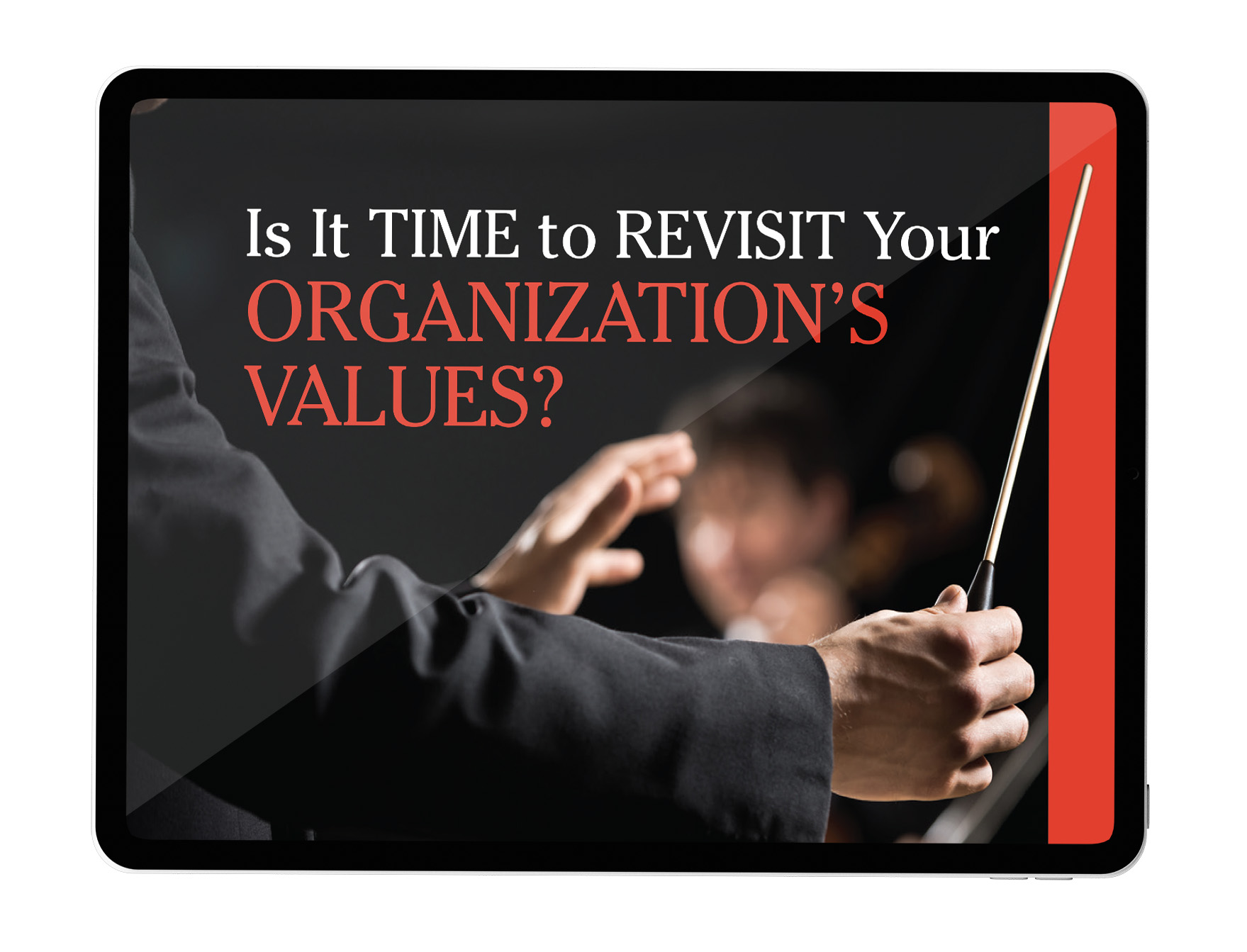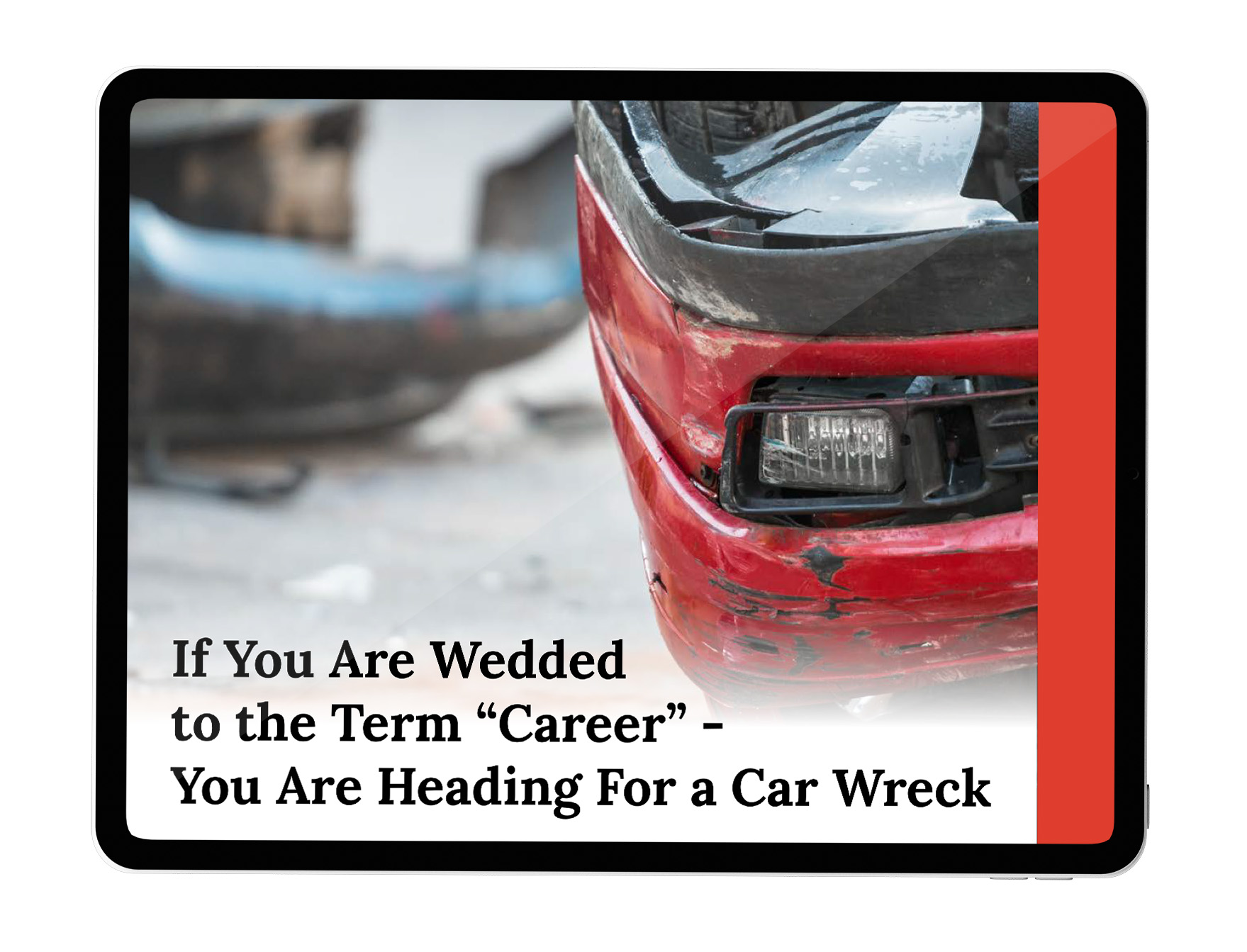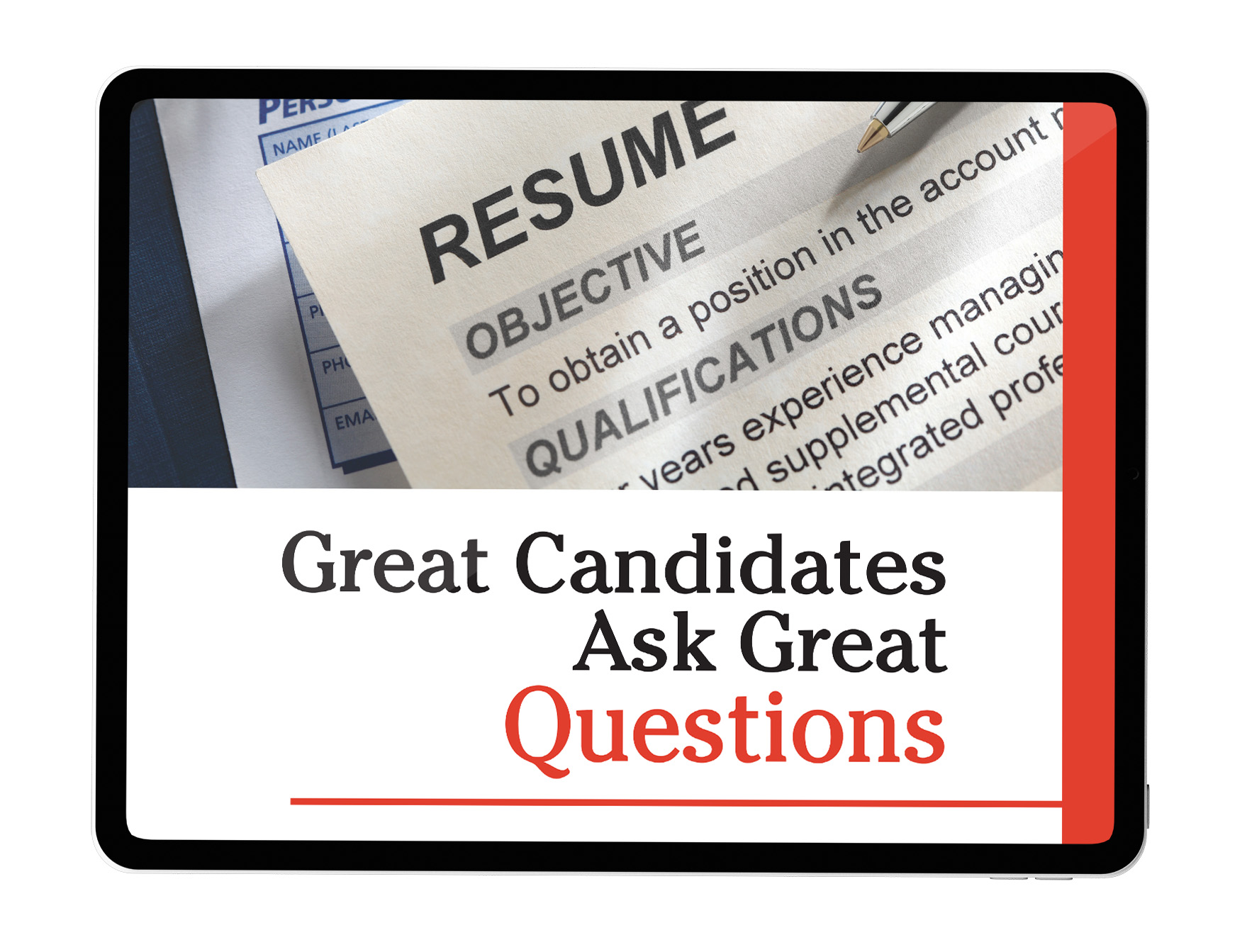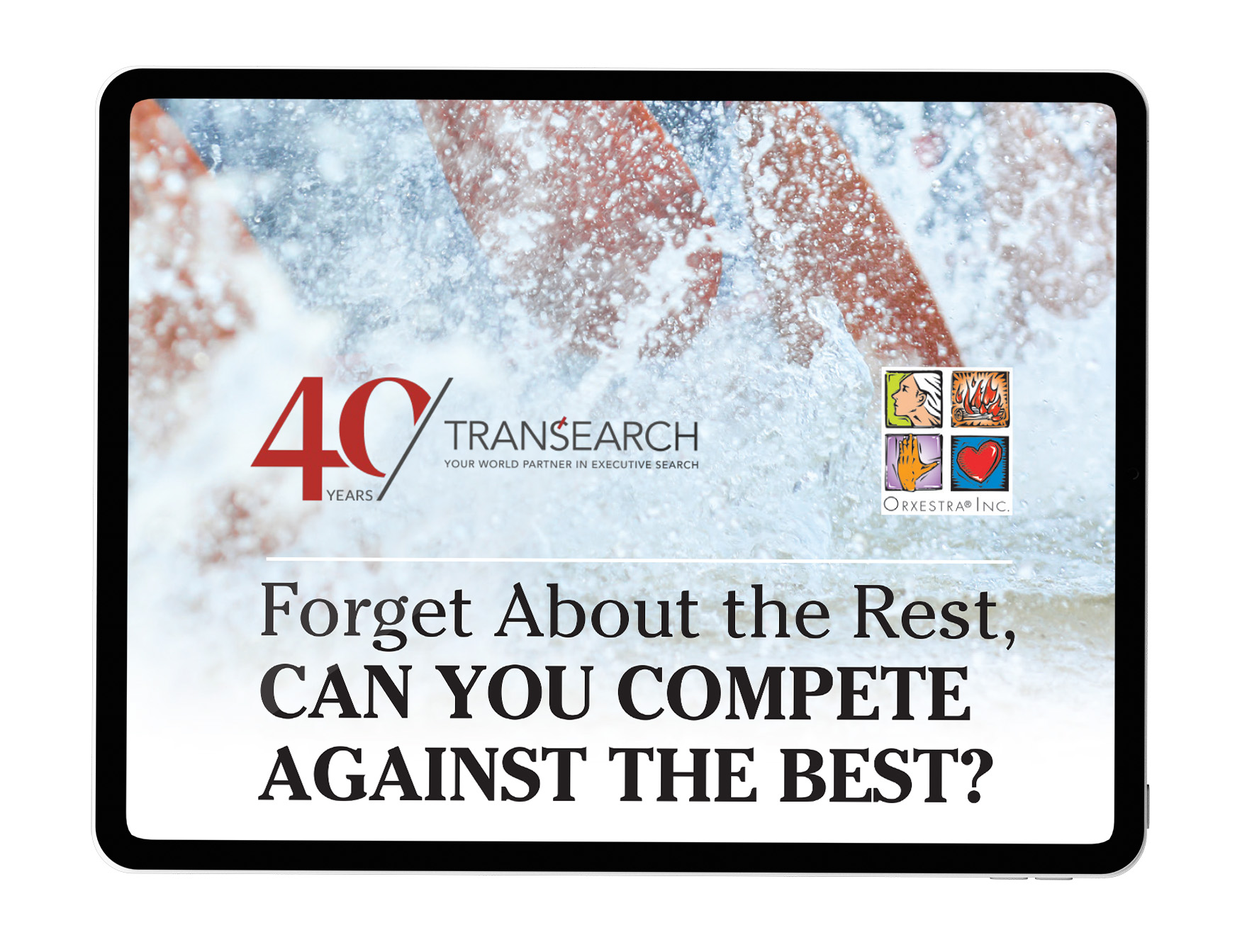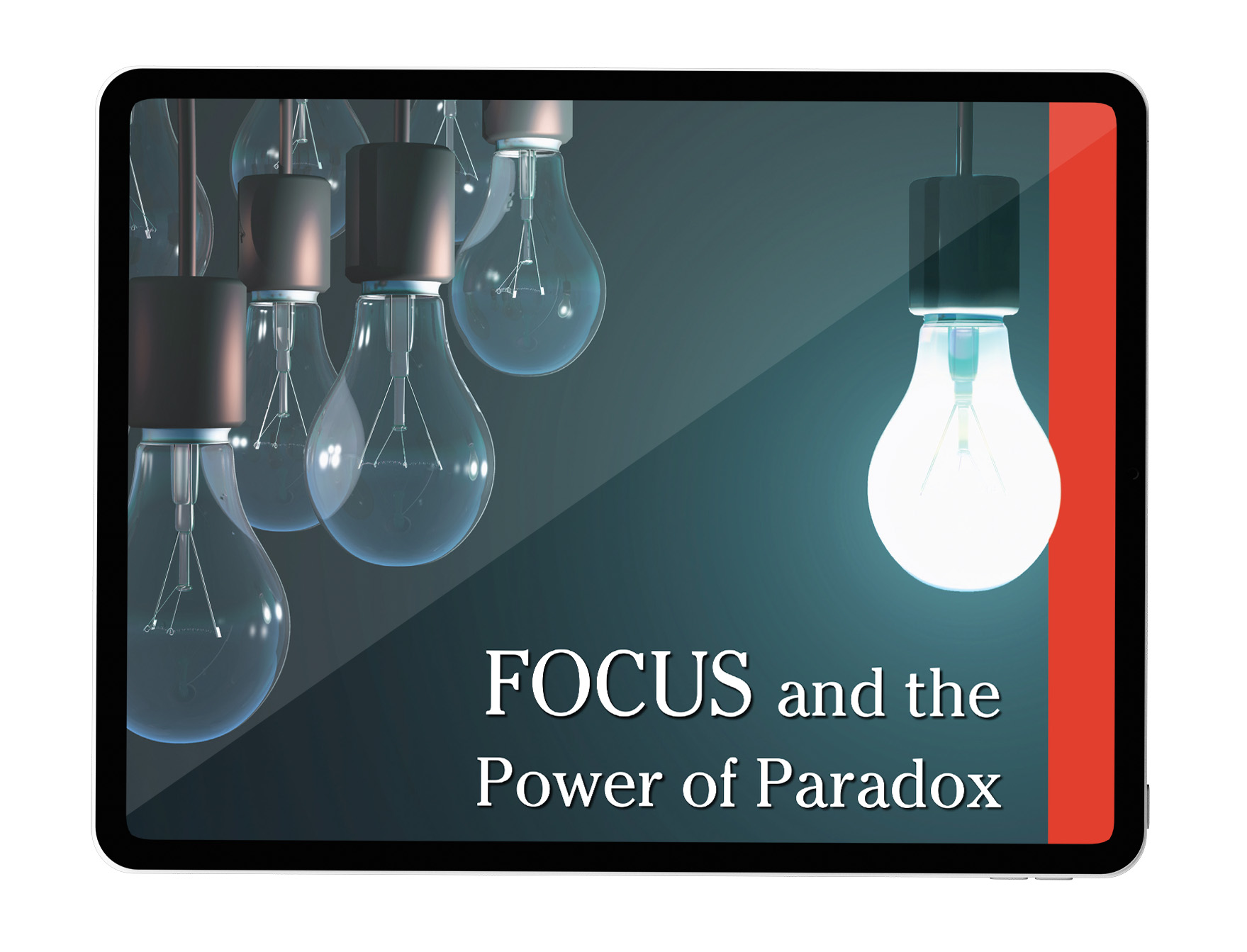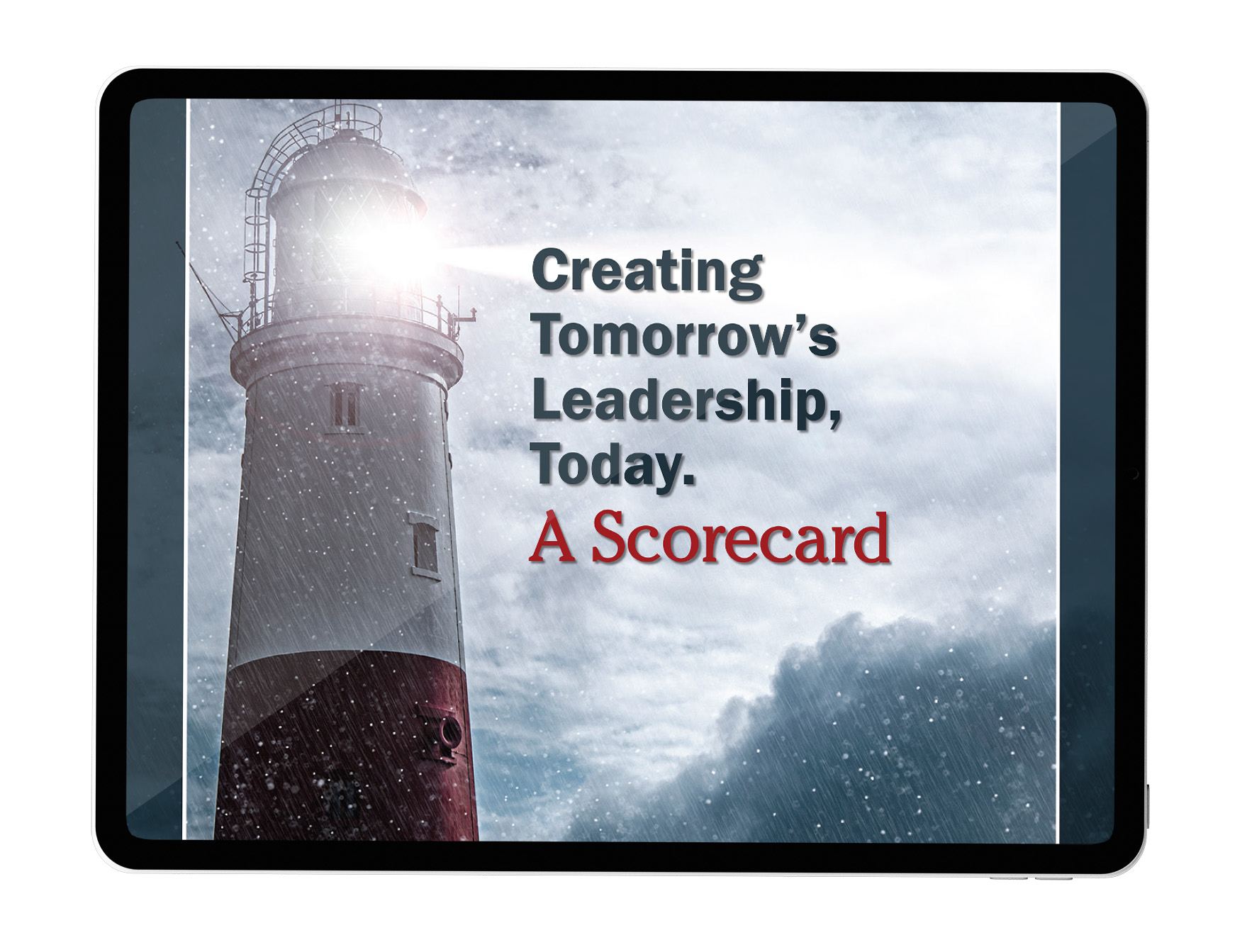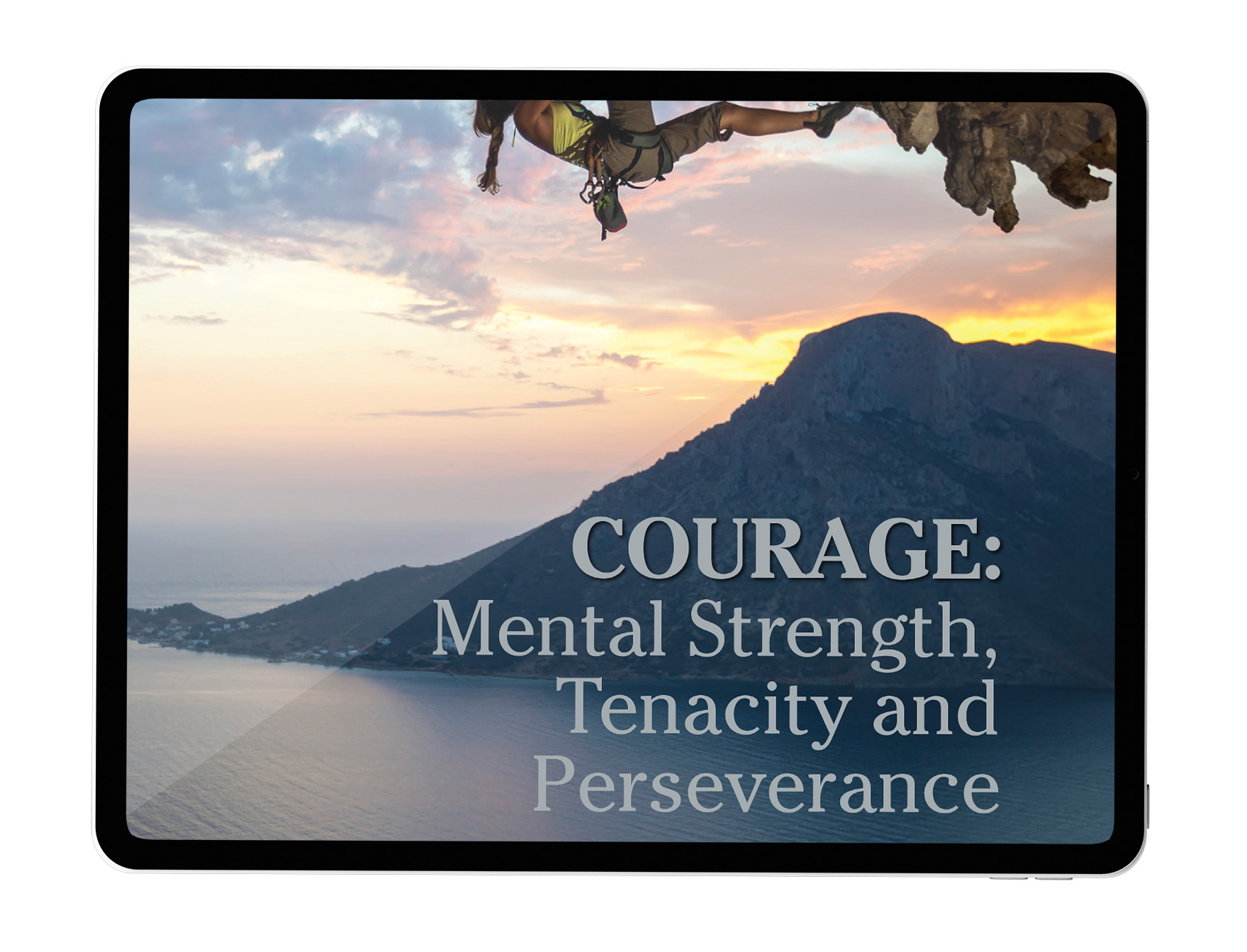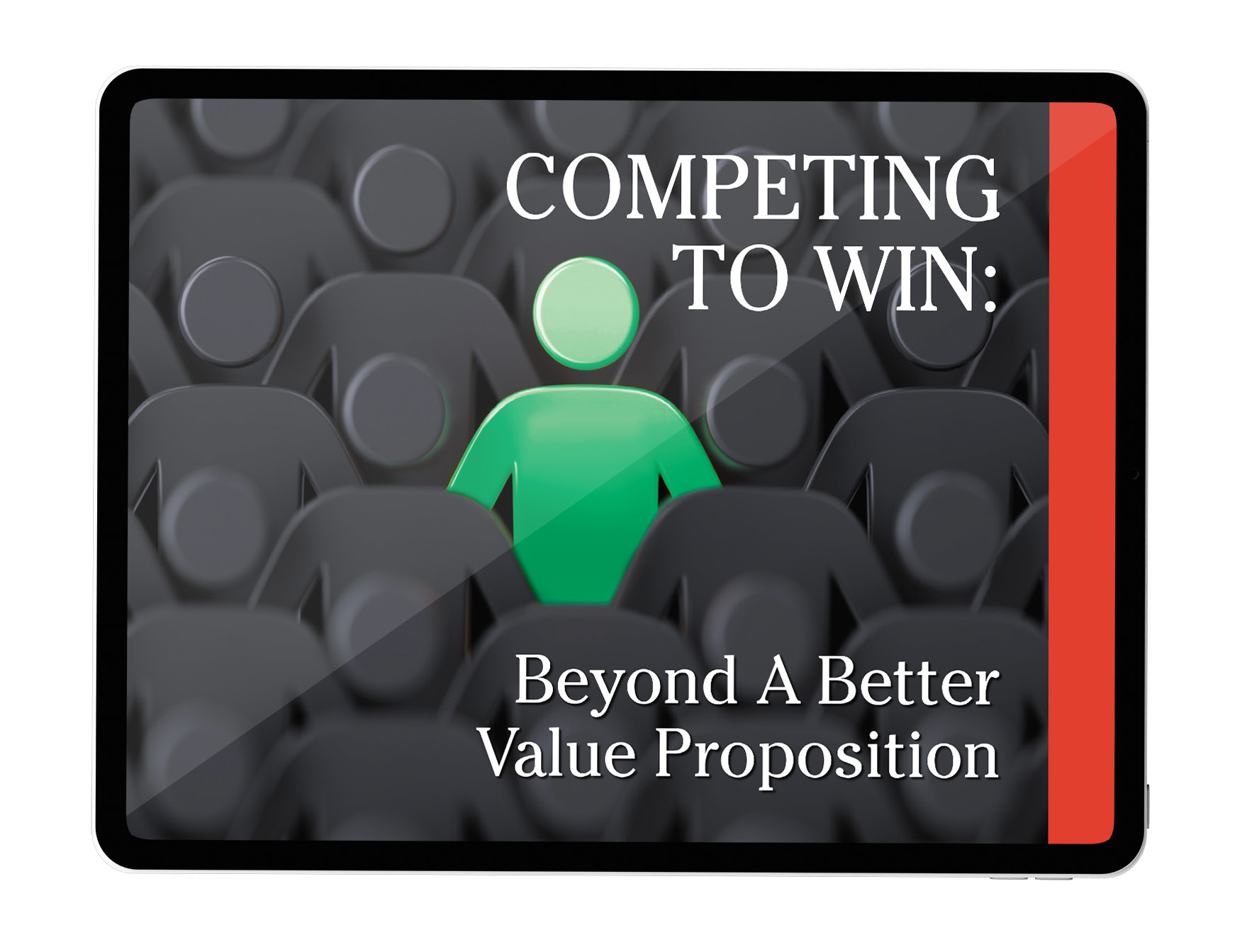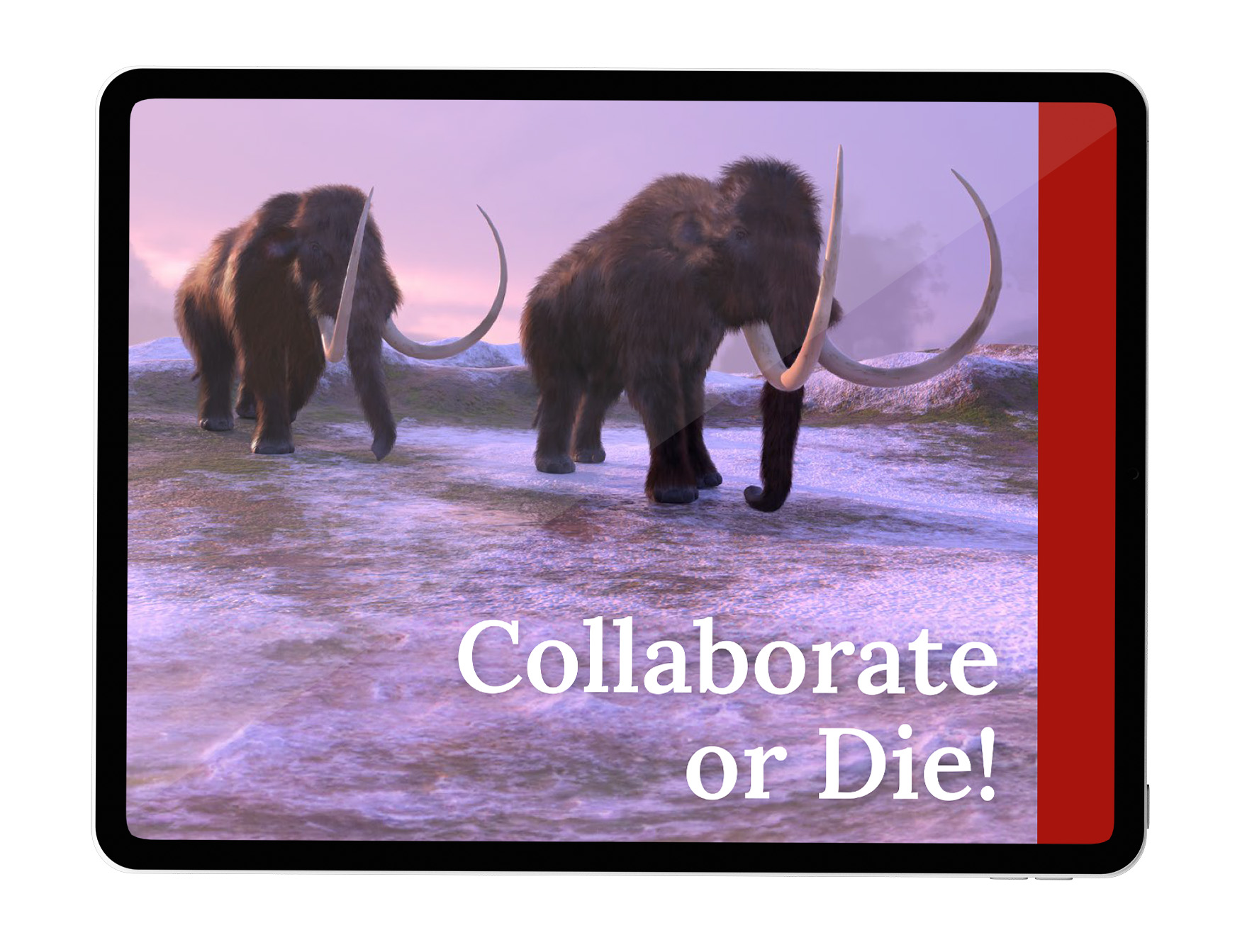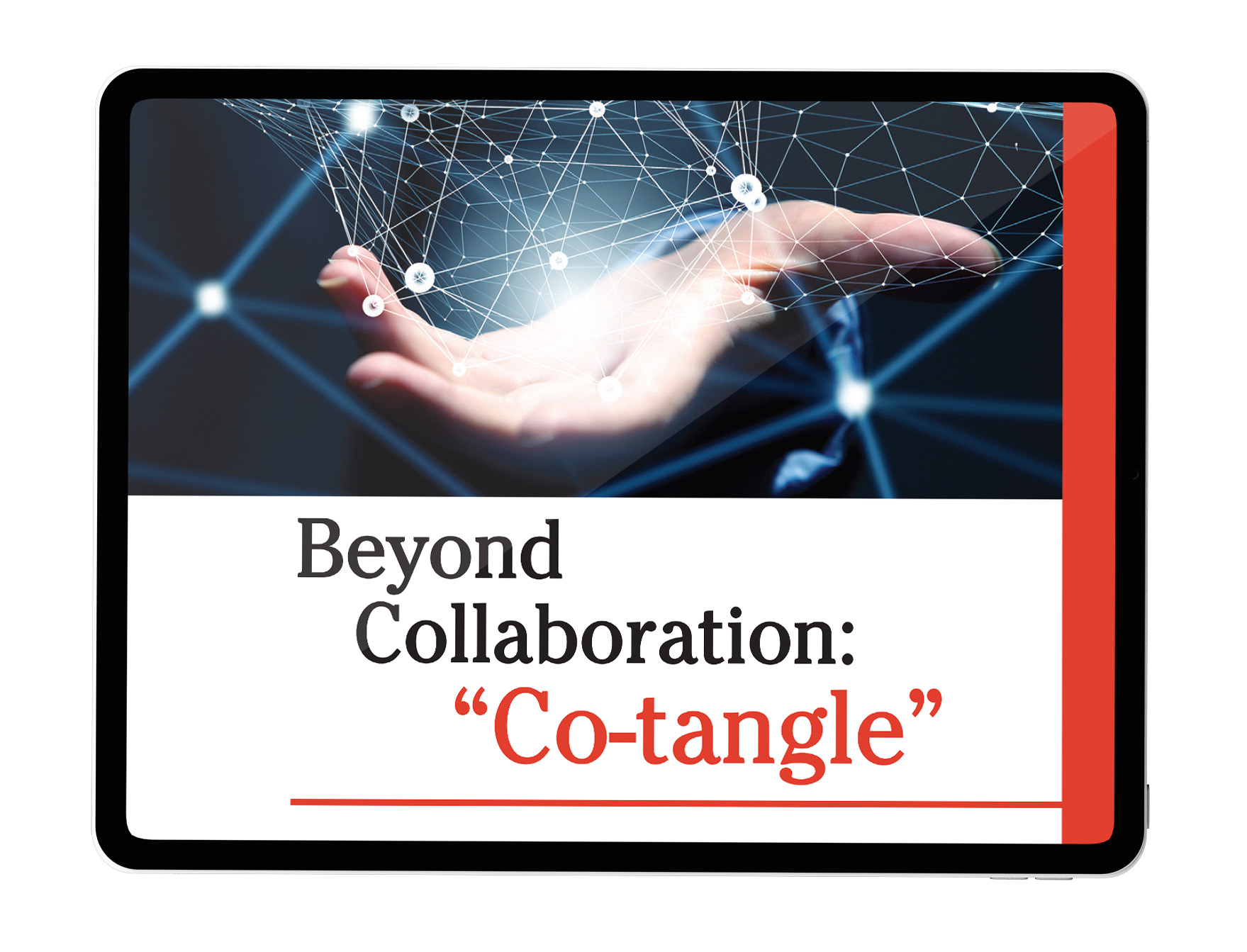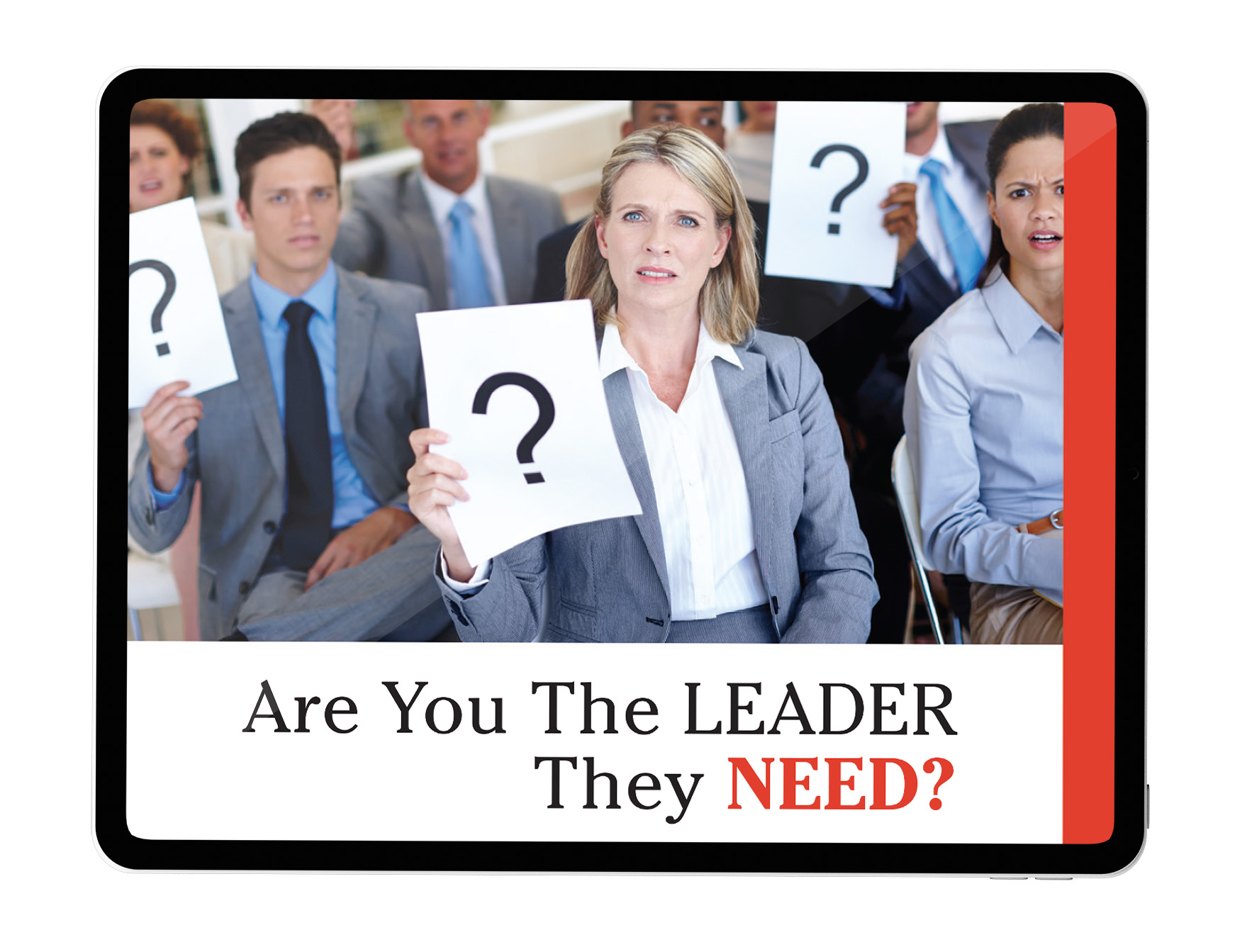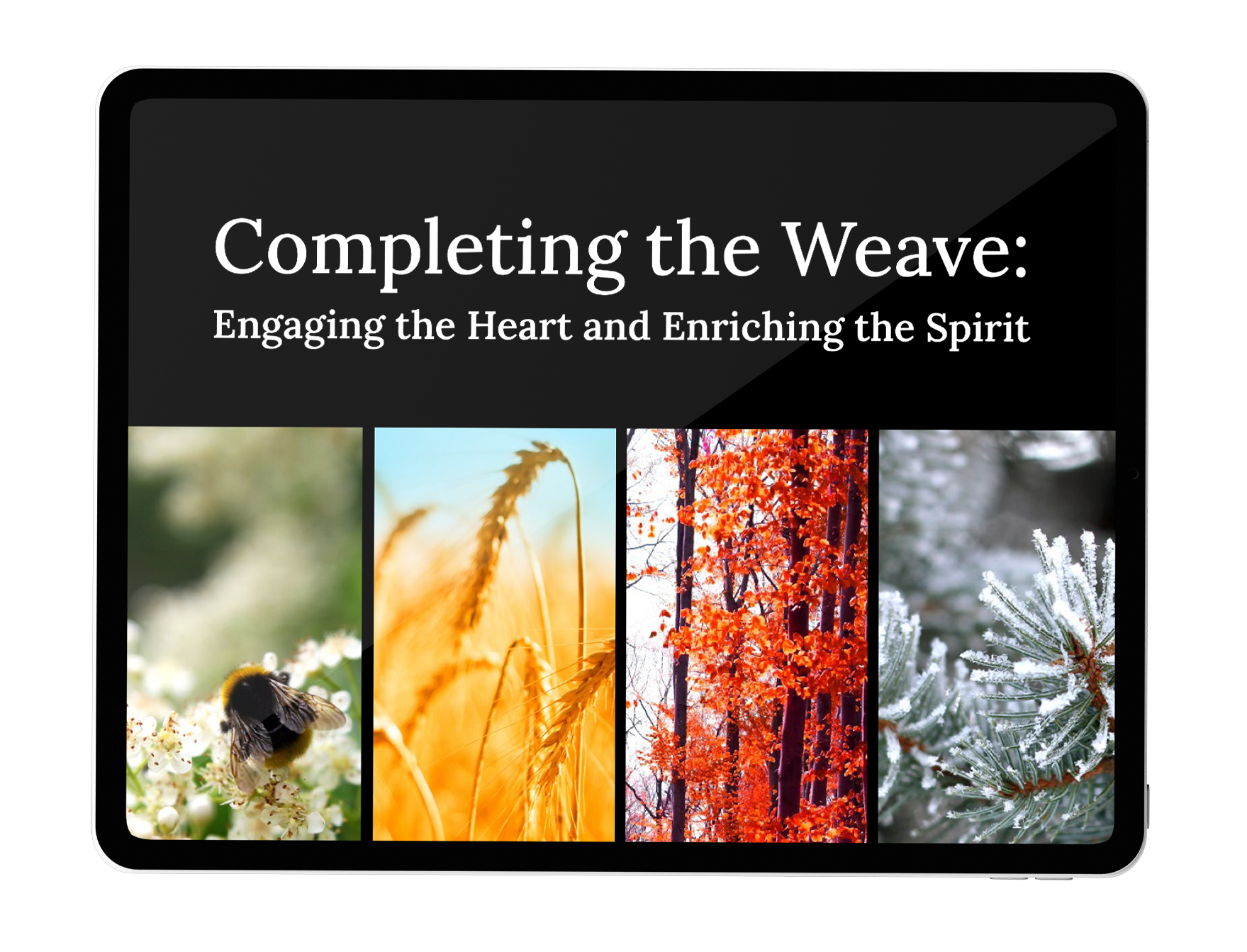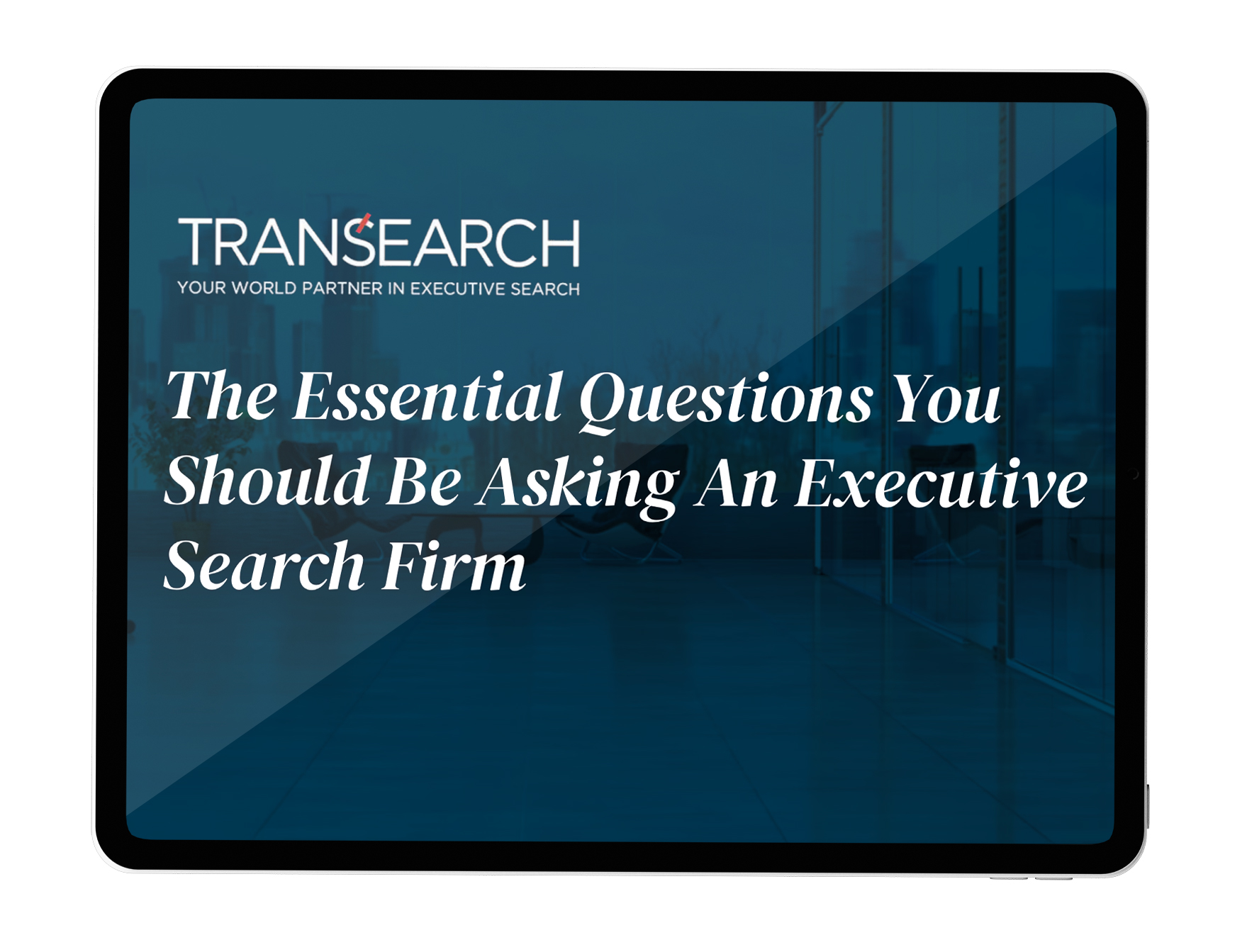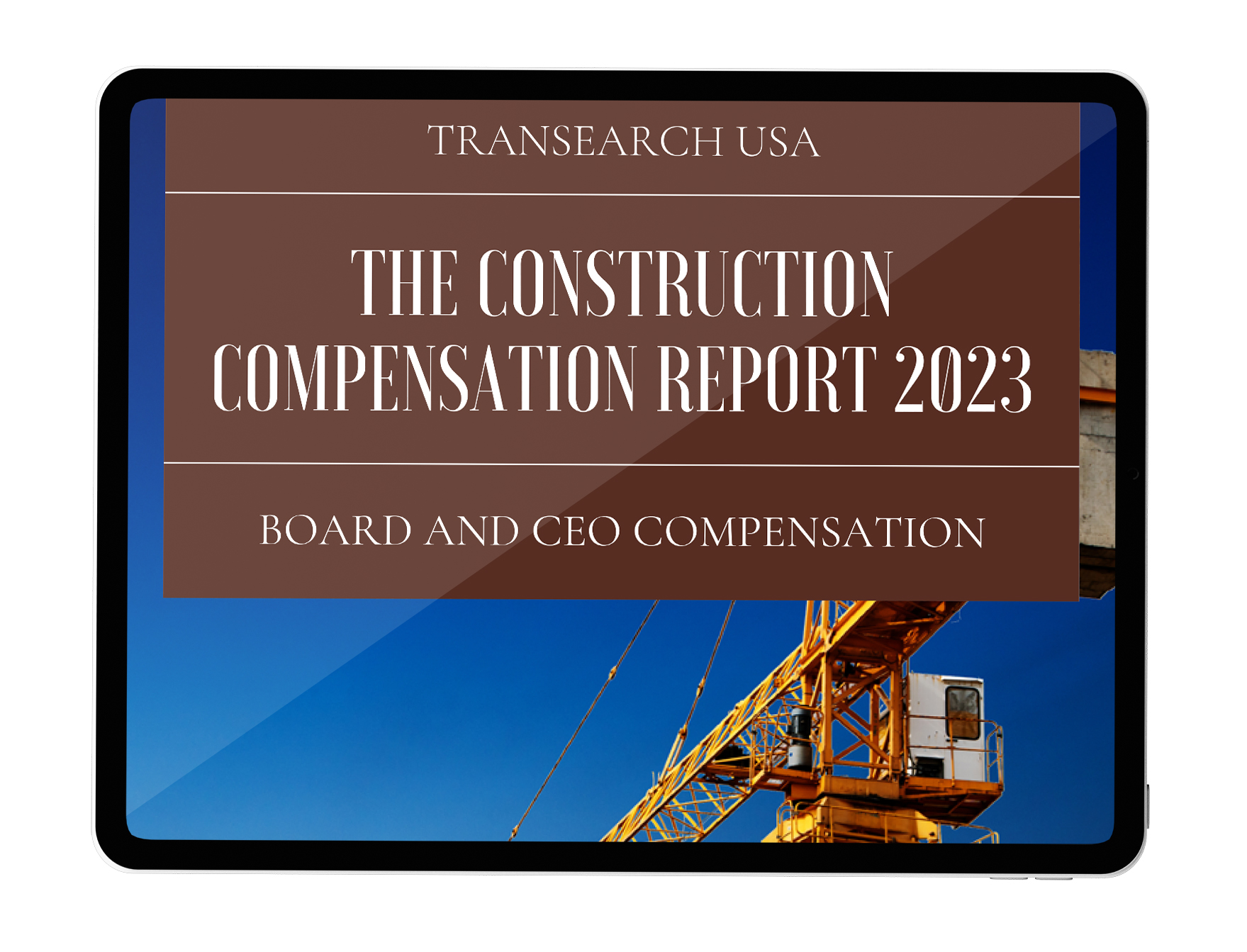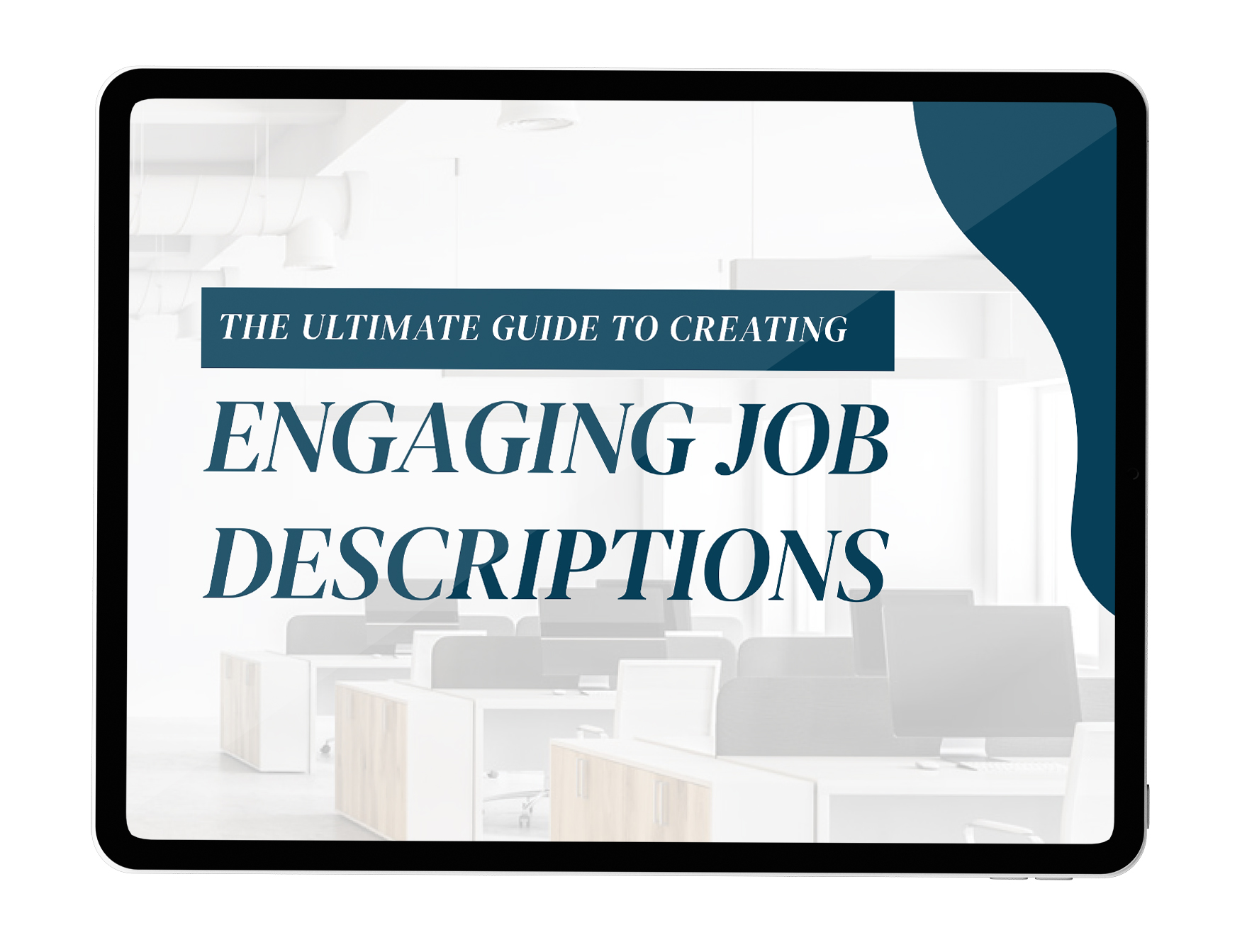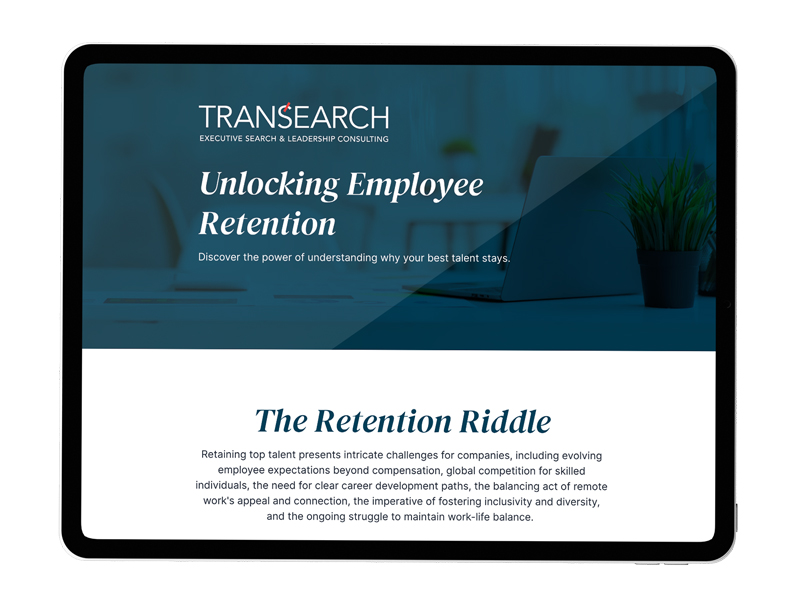In today’s competitive job market, finding the right candidate who will excel in their role from day one is crucial for any business. One tool that has proven effective in predicting job performance is the Hogan Assessment. With a robust methodology backed by decades of research, Hogan Assessments provide invaluable insights into a candidate’s potential job performance, making it easier for companies to make informed hiring decisions.

What Are Hogan Assessments?
Hogan Assessments are a series of scientifically validated tools designed to measure personality characteristics that influence job performance. They help businesses understand their employees’ strengths, potential derailers, and core values. The main Hogan Assessments include:
-
Hogan Personality Inventory (HPI): Measures normal personality characteristics.
-
Hogan Development Survey (HDS): Identifies personality-based performance risks.
-
Motives, Values, Preferences Inventory (MVPI): Assesses inner drivers and values influencing behavior.
Benefits of Using Hogan Assessments
Using Hogan Assessments offers several key benefits:
-
Improved hiring decisions: Businesses can make more informed hiring decisions by understanding a candidate’s personality traits and values.
-
Enhanced employee development: Insights from the assessments can guide personalized development plans.
-
Reduced turnover: Matching the right people with the right roles leads to higher job satisfaction and lower turnover rates.
-
Predictive validity: Hogan Assessments have been validated through extensive research to effectively predict job performance and leadership potential.
Steps to Implement Hogan Assessments
Implementing Hogan Assessments in your organization involves several strategic steps designed to maximize their impact.
Step 1: Administer the Assessment
The first step is administering the appropriate Hogan Assessment(s) to your candidates or employees. Ensure they understand the assessment’s context and purpose to ensure accurate responses.
Step 2: Analyze the Results
Once the assessments are complete, you’ll receive comprehensive reports detailing the individual’s personality traits, potential derailers, and core values. These reports will include:
-
Graphical representations: Visual summaries of key traits and scores.
-
Narrative interpretations: Detailed explanations of what the scores mean.
-
Behavioral implications: Insights into how these traits may manifest in the workplace.
Step 3: Compare with Job Requirements
Next, compare the assessment results with the specific requirements of the job. Look for:
-
Trait alignment: Do the individual’s traits align with those required for success in the role?
-
Potential derailers: Are there any personality-based risks that could impact performance?
-
Values fit: Does the individual’s values and motivations align with the company’s culture and the role’s demands?
Step 4: Make Informed Decisions
Use the insights gained from the Hogan Assessments to make more informed decisions. Whether you’re hiring a new employee or planning career development for an existing one, these assessments provide valuable data to guide your choices.
Step 5: Continuously Evaluate and Adjust
Finally, remember that assessments are just one part of the equation. Continuously evaluate job performance and adjust development plans as needed. Use Hogan Assessments regularly to track changes and ensure ongoing alignment with role requirements.
Enhancing Organizational Outcomes
Hogan Assessments are powerful tools for predicting job performance and enhancing employee development. Employing these assessments streamlines your hiring process and helps build a competent, motivated workforce aligned with your company’s culture.
Ready to make your next hire the best one yet? Get your Hogan assessment today, or contact us to learn more about our solutions.





















